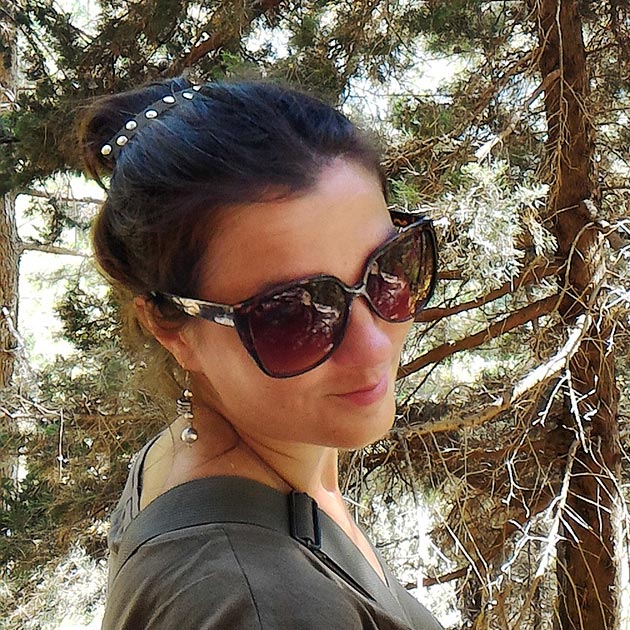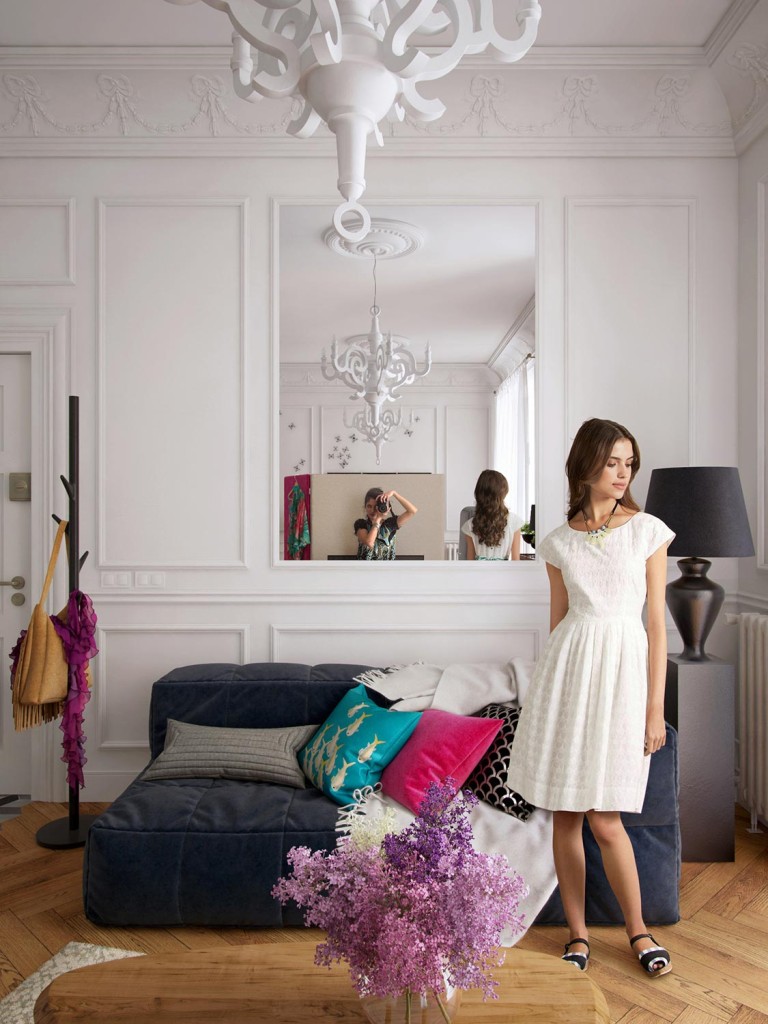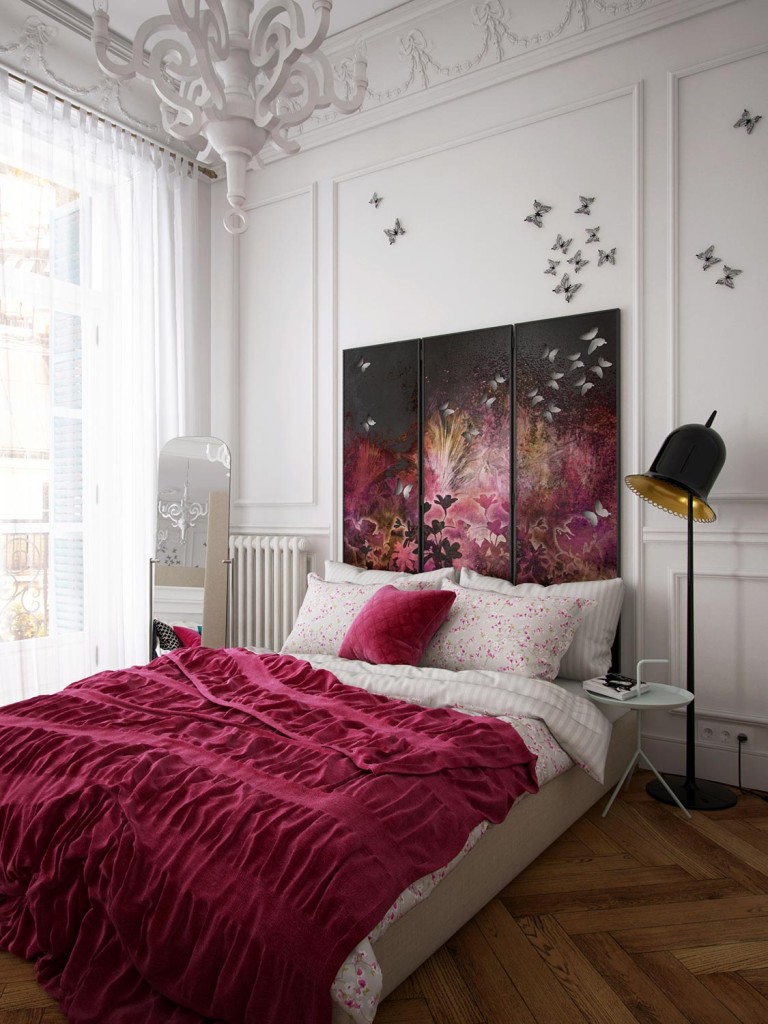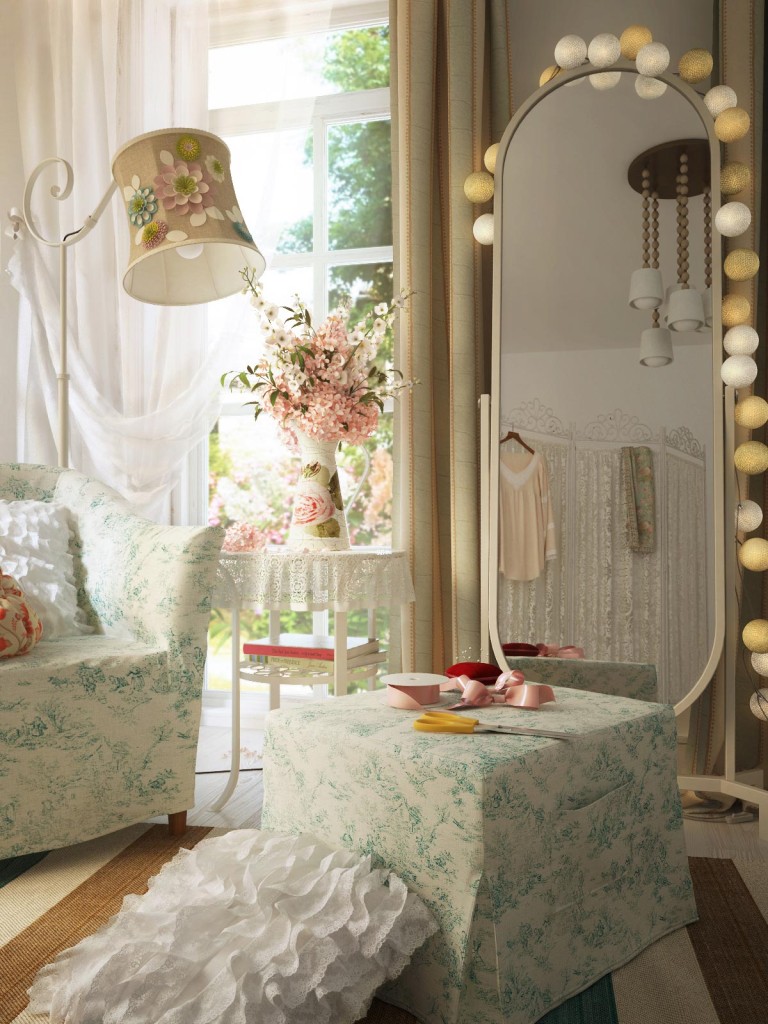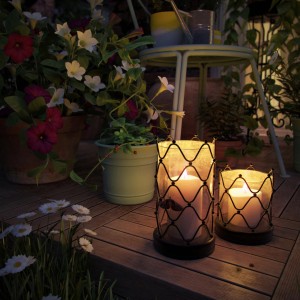Brief:
Area of living: Bucharest, Romania
Company: Working as freelance 3D artist since 2010, interiordelight
Expertise: Architect specialized in interior design
Project duration: 5 – 7 days per image
Software using: Rhinoceros, Marvelous Designer, Vray and Photoshop
You can find Irinel:
Irinel Florescu is a talented Interior designer with architecture degree from Bucharest. She is a freelancer who uses 3D visualization mainly to illustrate her ideas, but finds it extremely helpful in the creative process and enjoys it also as a stand alone activity.
The clients I worked with can be roughly divided into two categories:
- those who have a complete project and need an artist to translate that into images
- and those who only have a general idea of what they want, but need a designer to come up with a solution and translate it into images
With the first there isn’t much room for creativity anymore, the demands are precise almost down to the last detail. In such cases I ask for everything from architectural plans, furniture and illumination projects to materials, colors, equipment and accessories (for very specific ones I request photos of them).
Clients from the second category have just ideas, basic or no architectural plans and are open to suggestions. My questions to them focus on use, habits, interests, personality, mood and aesthetic preferences. Reference images are a plus in both cases, whether they are related to the project or not. Some things are easier to describe that way.
My true style is in the personal projects, colorful and playful. But ultimately all my work, however objective the approach, has a personal touch.
But we are talking about archviz here, I think the answer is obvious. Architectural education improves perception and understanding of space, the ability to see its potential of transformation, the thinking process and aesthetic sense. CGI is an upgrade (a huge one, true) to the classical, hand drawn renderings. The foundation is already there.
Usually at the beginning of a project I spend many hours just looking at pictures, even if totally unrelated. It helps and I find interesting ideas in the most unexpected places. Wherever I go, indoors or outdoors, I observe my surroundings: space, shapes, colors, light, textures, details, bumps, scratches, everything. And, of course, people. They are essential when designing space.

